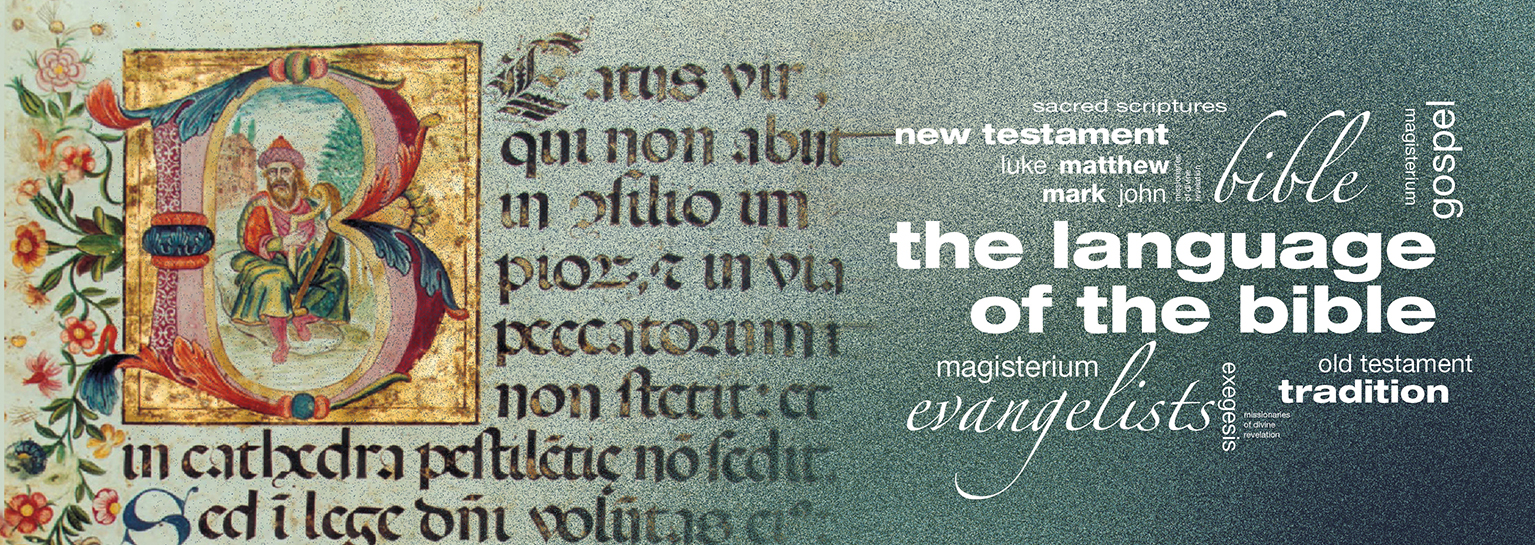 To rediscover and recover our faith it is necessary to start from the very foundations which are expressed in the Symbol of the Faith, which is the Creed.
To rediscover and recover our faith it is necessary to start from the very foundations which are expressed in the Symbol of the Faith, which is the Creed.
The Catechism of the Catholic Church states that from the very origins of Christianity “the apostolic Church expressed and handed on her faith in brief formulae normative for all” (CCC n.186). The Church also felt the necessity to unite all the essential elements of the faith in an organic summary articulated for all Christians, especially the candidates for Baptism, so that they would have a complete expression of the faith.
The Creed is called the Profession of Faith because it summarises the faith professed by Christians. It is also called the Symbol of the Faith because it takes its meaning from the Greek word “symbolon” which means “gathering, collection or summary”(CCC n.188). There words make reference to an old usage where 2 parts of a seal or taken were placed together to verify the users identity. The symbolon was therefore a sign of recognition.
The profession of faith, understood as a symbol, reminds others that the faith that a Christian has is only an imperfect piece – a symbol, that will only find its unity and integrity in recognition with others. The faith requires unity, it requires a companion in the faith – it requires the Church (cfr. J Ratzinger, Introduction to Christianity)
The symbol of the faith is, therefore, a sign of recognition and communion between believers in the Church and it gathers together the principle truths of the faith (CCC 188). St Paul, writing less than 30 years after Christ’s death, there is an explicit reference to the Creed: “But thanks be to God, that you were the servants of sin, but have obeyed from the heart, unto that form of doctrine, into which you have been delivered.” (Rom 6:17)
The first profession of faith is made at the moment of our Baptism when we are Baptised in the name of the Father, the Son and the Holy Spirit. In conformity with this, the truth of the faith professed in the Creed is articulated in reference to the three persons of the Most Holy Trinity (CCC189).
The symbol of the faith is therefore divided into three parts: the first focusses on God the Father and the work of creation. The second part considers Jesus Christ and the Redemption and the third speaks of the Holy Spirit, principle and fount of our sanctification (CCC 190). These three parts are divided into 12 articles just like the 12 apostles in so much as the 12 articles symbolise the apostolic faith (CCC 191).
Through the course of the centuries there has been numerous professions of faith, that were developed in response to the demands of their epoch. None of these professions of faith can be considered surpassed or unnecessary but, rather, they help us to always live and deepen our faith.(CCC 192-193) Between all the professions of the faith, the two that hold a most important place in the Church are the Apostles Creed and the Nicene Constantinopolitan Creeds.
The Apostles Creed retains and summarises the faith of the Apostles. It is the ancient baptismal Creed of the Roman Church, seat of Peter, the first of all the Apostles. (CCC n.194)
The Nicene Constantinopolitan Creed has great authority because it is the fruit of the first two Ecumenical Councils (325 and 381 AD) and it is still today communal to the great Churches of the East and West. (CCC 195)
To recite the Creed with faith means to enter into communion with God, Father, Son and Holy Spirit and with all the Church that has held and passed on the faith in every epoch (CCC 297) When we recite the Creed with faith we also enter into communion with Christians of every age that have utilised the same words to express their faith.
